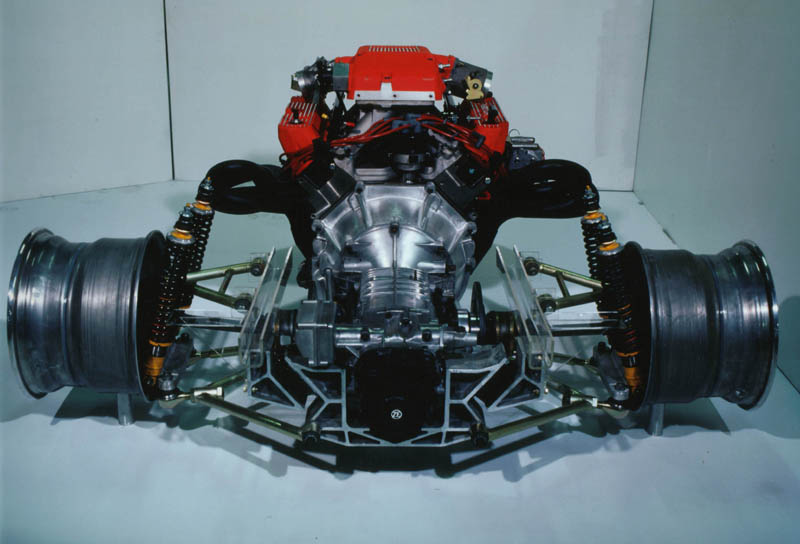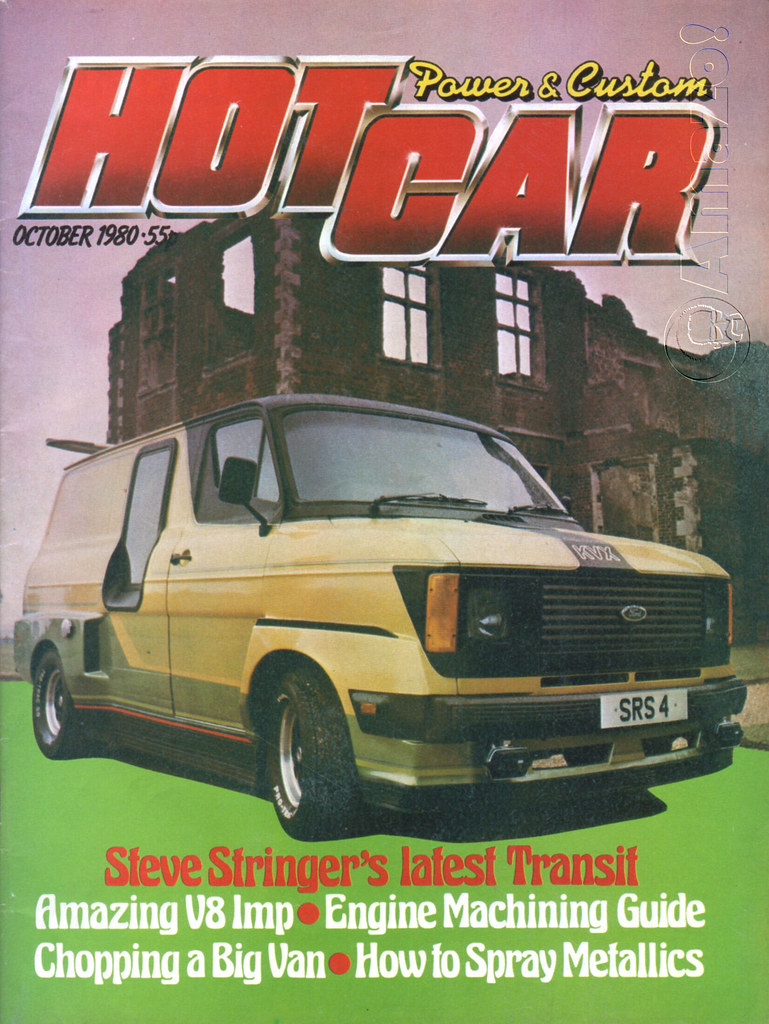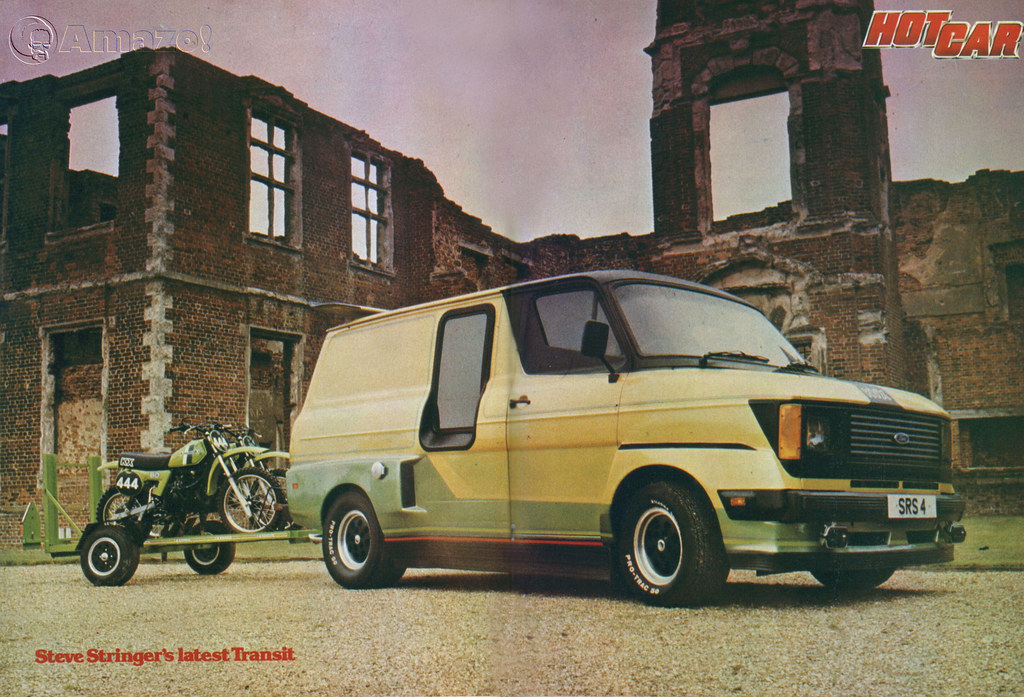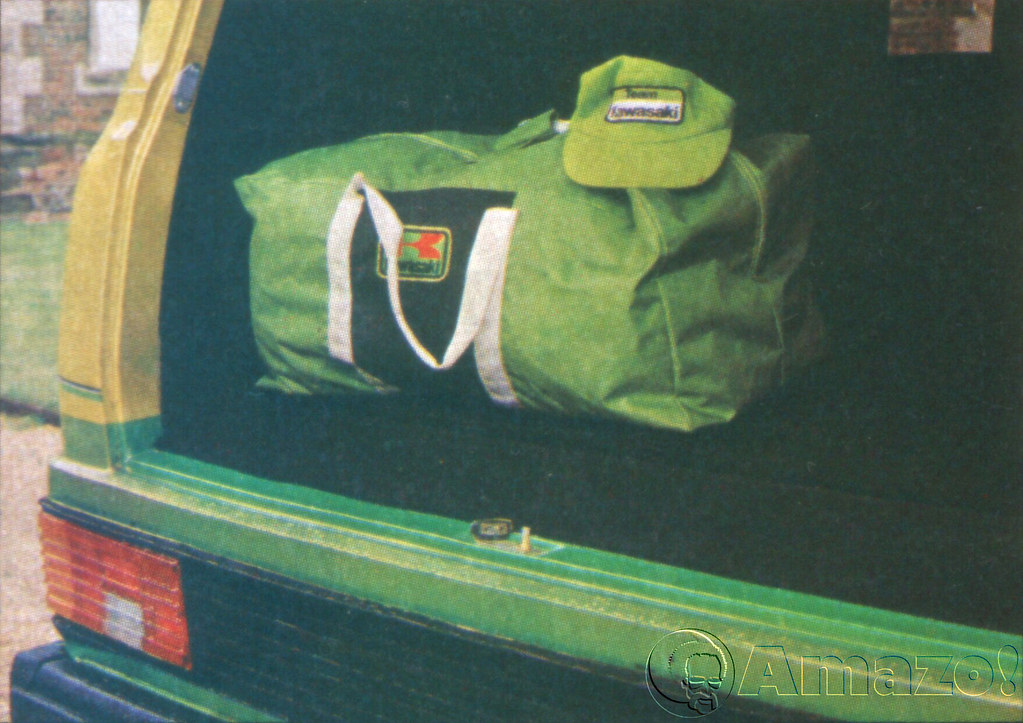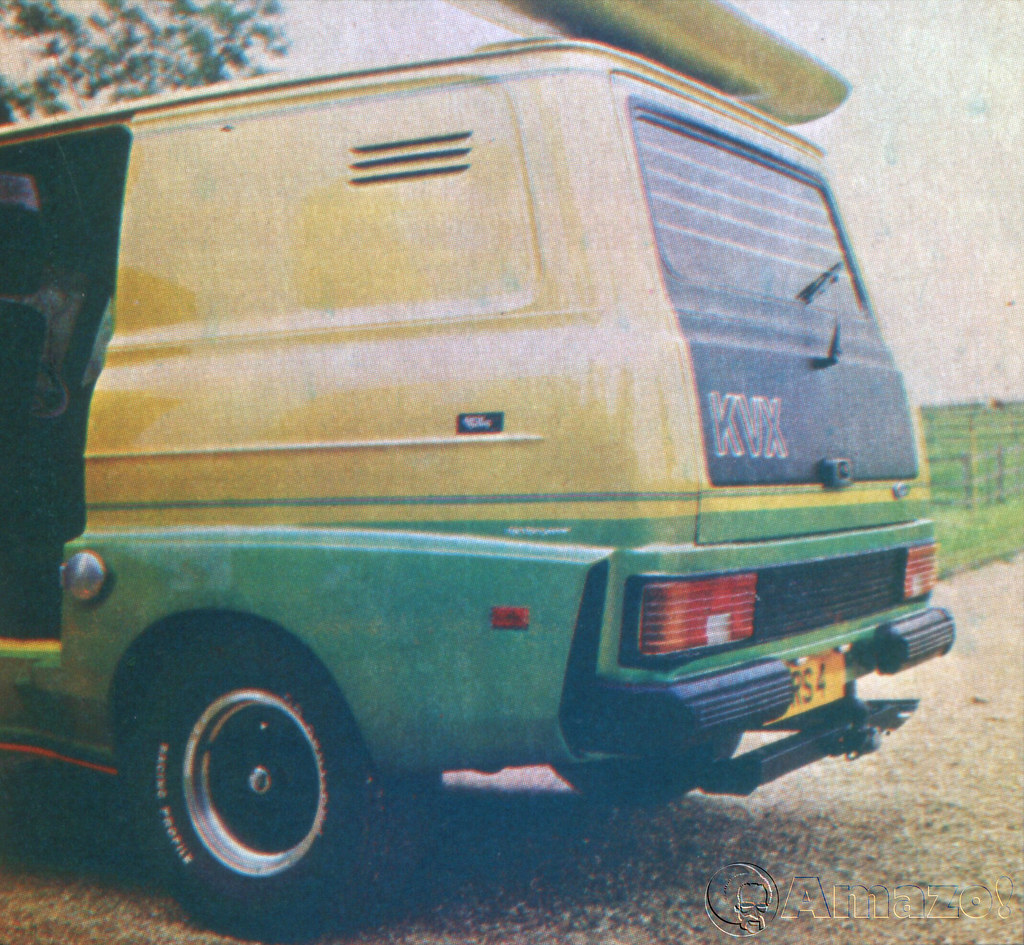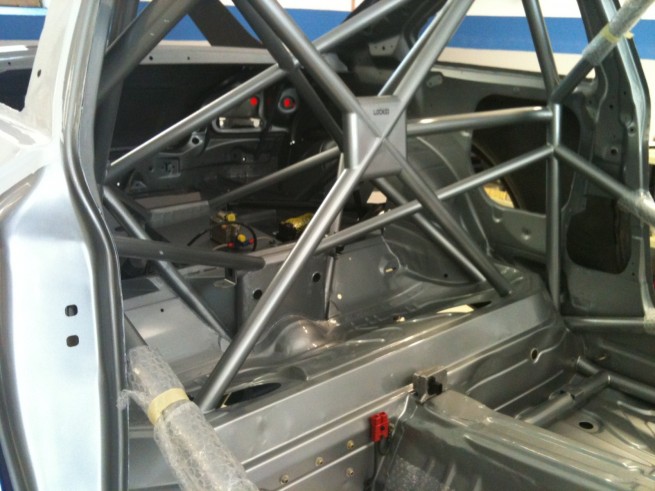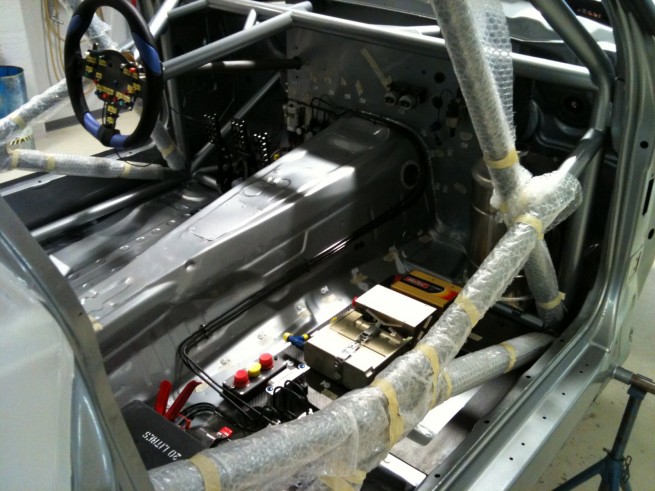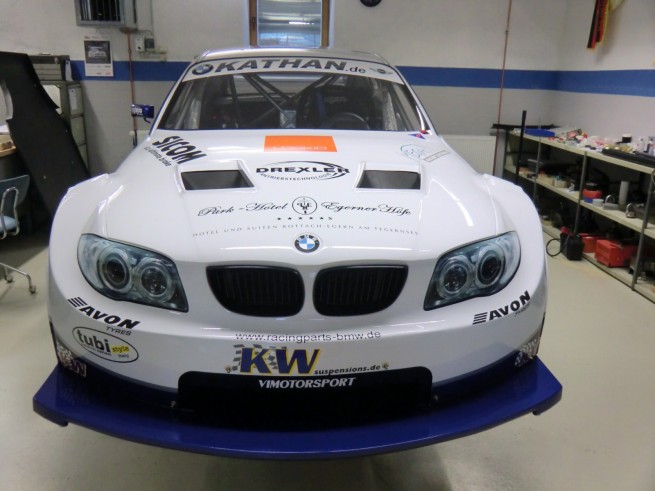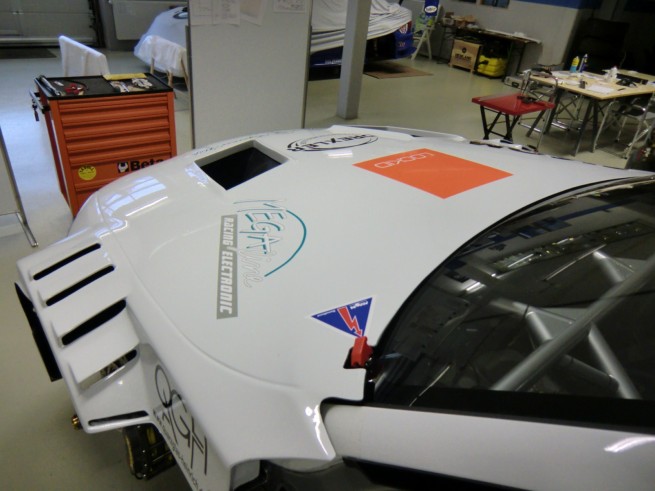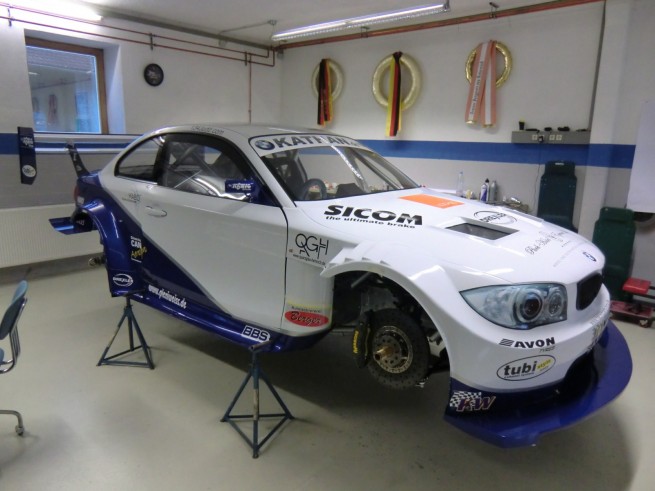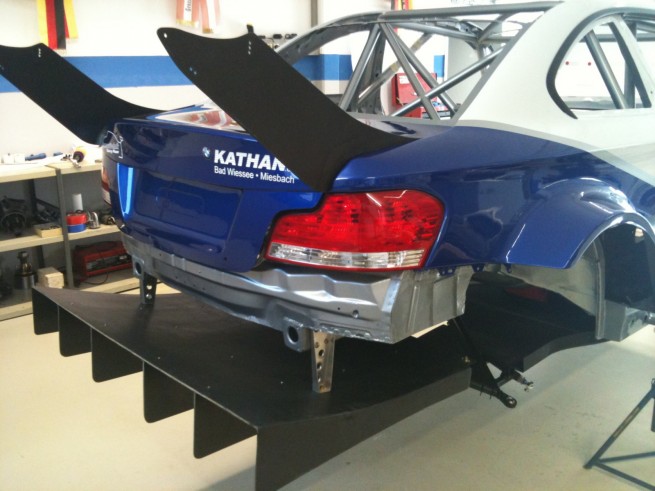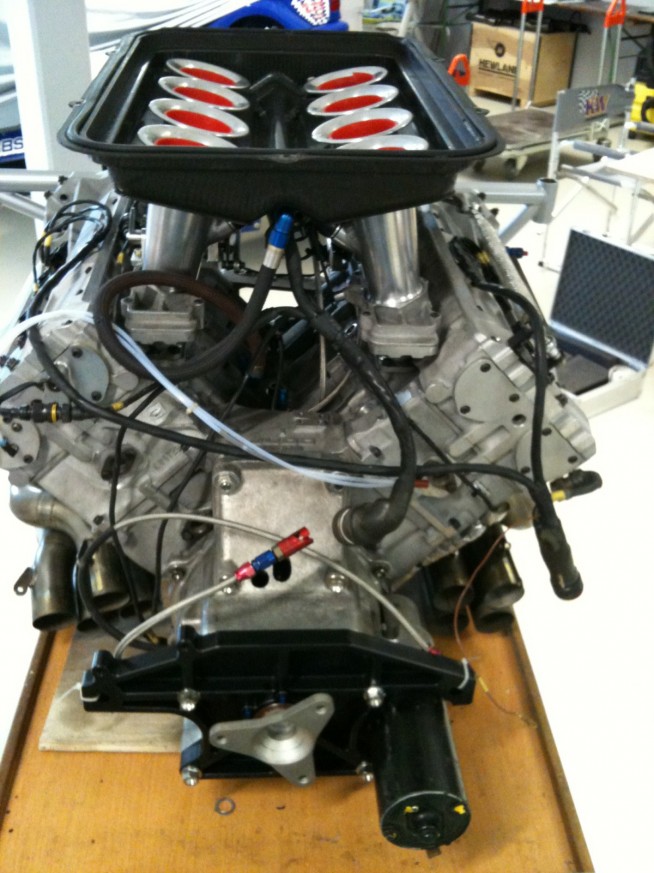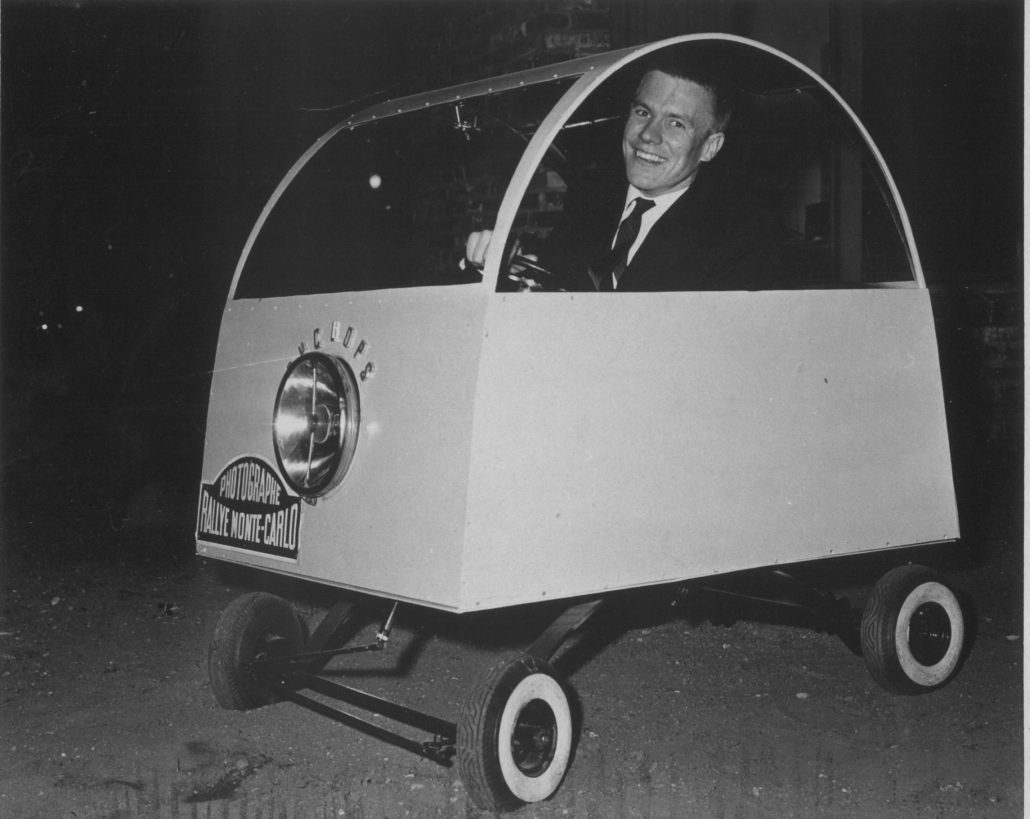*Originally published 9/9/2011.
The Giocattolo Group B. An Australian sports car with an Alfa Romeo Sprint body and (later) a Holden engine. The Italian word Giocattolo means toy, but don't let that fool you; the intent for this car was deadly serious.
The concept shows many parallels to Alfa Romeo's Sprint 6V Group B experimental car, which was never put into production.
In 1986, sports car enthusiast and former Australian De Tomaso agent Paul Halstead, and F1 designer Barry Lock, teamed together and started a project: a mid-engined Sprint with rear-wheel-drive. The premise was for a car of speed and handling, allied with beautiful looks to rival names like Porsche and Ferrari.
The Giocattolo was based on a heavily modified Alfa Romeo Sprint body shell - not the earlier Alfasud Sprint, note - with a mid-mounted Alfa 2.5 V6 engine, as was used in the GTV6.
In an article written while they were still in the prototype stages, talk was of doing two versions, one with the standard 2.5 V6, and one with a twin-turbo V6, and from memory priced at around 60,000 and 100,000 AUD$ respectively.
 |
| Not a photo of the assembly line, but the Giocattolo was a hand-built machine. |
 |
| The more observant among you may have noticed the twin turbos strapped onto the Holden V8; an owner-built engine upgrade |
Although the Giocattolo was based on a Sprint shell, as a design it was more sophisticated than it may first appear. To cope with the V6 engine in the centre of the car, the entire chassis was reinforced. To put the power on the road, a ZF five-speed gearbox was fitted. And the suspension was completely redesigned. Brembo brakes were fitted to cope with the braking that would be needed.
The Sprint's body was fitted with wide front and rear wheel arch extensions made of Kevlar. Barry Lock used a lot of composite components to keep the car lightweight; the engine cover and the bulkhead for example were made of Kevlar and carbon fibre. A large rear spoiler on the boot lid produced sufficient downforce at high speed.
 |
| Orange. Not retina-friendly. |
The interior offered pure luxury (compared to a standard Sprint, anyway); the Giocattolo builders used the best components available. So, there was a full leather interior; the entire facia and centre console were hand made and with the doors and the Recaro seats were hide bound. Electric windows and an air conditioning were also fitted. The driver could monitors the car’s functions on a custom-made dashboard stuffed with VDO gauges. A Momo leather steering wheel, four-channel stereo and central locking were also standard fitment.
When Lock and Halstead had finished their work on the first Giocattolo at the end of 1986, problems arose. The V6 engine had proved to be too difficult and expensive to import; Alfa Romeo could not give a guarantee for a sufficient supply of 2.5 litre engines, and the 3.0 V6 that was introduced with the Alfa 164 turned out to be too expensive. This coupled with difficulties with installing it in the car, prompted Halstead and Lock to look for a new engine.
Instead, the company used a Group A version of the fuel-injected Holden 5.0 litre V8 engine built by Holden Special Vehicles (a company created in 1987 as a joint venture between Holden and TWR). As well as being cheaper, these engines had far more power than the Alfa engines they had originally intended to use, with 300 bhp and torque of 369 lb/ft on tap. Further redesigning was needed to accommodate the Holden engine; the engine bay was enlarged by moving the barrier behind the front seats forward to make it fit. After upgrading the engine internals and fabricating their own twin throttle body induction system, Halstead and Lock were happy with the performance output. As an aside, it is unknown what happened to the factory Sprint engines and gearboxes that were taken from the cars.
And so the Giocattolo Group B tag went into production, with a price tag of 80.000 A$. Having a dry weight of 1085kg, it was a real threat for its target cars produced by Porsche, Ferrari or Lamborghini. The mighty V8 allowed it to accelerate from 0-100 kph (62mph) in 5.4 seconds, faster than the equivalent Countach LP500S. It covered the ¼ mile in 13.5 seconds and had an electronically limited top speed of 155mph. On the quarter mile it was only slightly slower than the contemporary Porsche 911 Turbo. The official sales brochure proudly claimed that the car was tested in hardest conditions at Ayers Rock and Lang Lang Proving Ground for three years before it went into production. The brochure also informed the reader about the fact that the Giocattolo was handcrafted in Caloundra "on Queensland's Sunshine Coast".
With the mid-engined configuration, a limited slip differential, the whole rear cradle designed by an ex-F1 designer, coupled with 8x15 front and 10x15 rear wheels shod with Pirelli P7R tyres, in theory it should have been good. But independent testing told another story.
The Queensland police evaluated the Giocattolo as a Police interceptor, but they decided against them, due to concerns about front-end lift at high speeds. The Giocattolo was also severely affected by inflexible government regulations geared towards the large manufacturers. Import duty designed to protect local industry meant the ZF transaxle cost A$35,000 per unit – of course there was no local alternative, yet no exceptions could be made to assist a local manufacturer. A highly ambitious follow up vehicle was on the drawing boards in 1989 when the operation wound up in the face of the recession, featuring a carbon fibre body worthy of a true supercar as not only did the Alfa Sprint origins of the Group B’s body did it no favours, the Sprint was due to go out of production that year anyway.
The right package at the wrong time was how it panned out for Lock and Halstead, when Giocattolo Motori Pty Ltd closed in 1989.
Including the Alfa-powered prototype, (which was rebuilt and fitted with the Holden V8 after an accident with a police car almost destroyed the vehicle and became production car 001), just 15 Giocattolos - 3 prototypes and 12 production models - were built before the company folded. 13 of the 15 cars are believed to still be in existence and one is unaccounted for. The other - Build No. 007 - was infamously destroyed in a fiery high-speed crash at Eastern Creek Raceway in February 2001, killing its driver, 29 year-old Todd Wilkes.
Many other Giocattolli were also used on racetracks. The majority of the cars has been tuned or modified by their owners; one was tuned up to 400 bhp and did from 0-60mph in 3.8 seconds - superbike territory.
Some people criticised the Giocattolo to be too much Alfa Romeo; but that hasn't stopped the Giocattoli Group B from becoming a cult car, commanding a high price; more than A$100.000 have already been paid for one example. They have quite a fan base in Australia.
Forza Giocattolo!
Info from a variety of sources; but the excellent page on the Alfasud Alfisti site was a good starting point.







